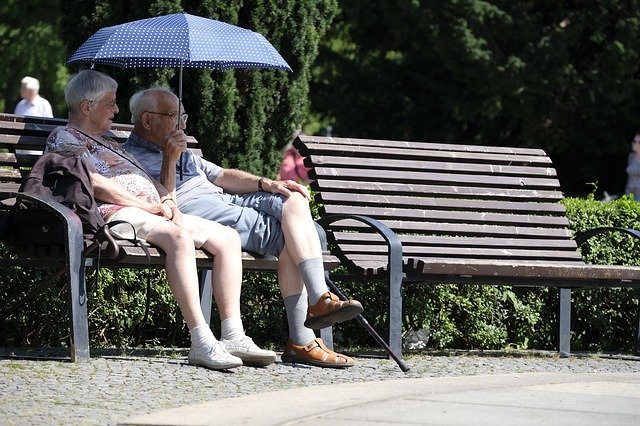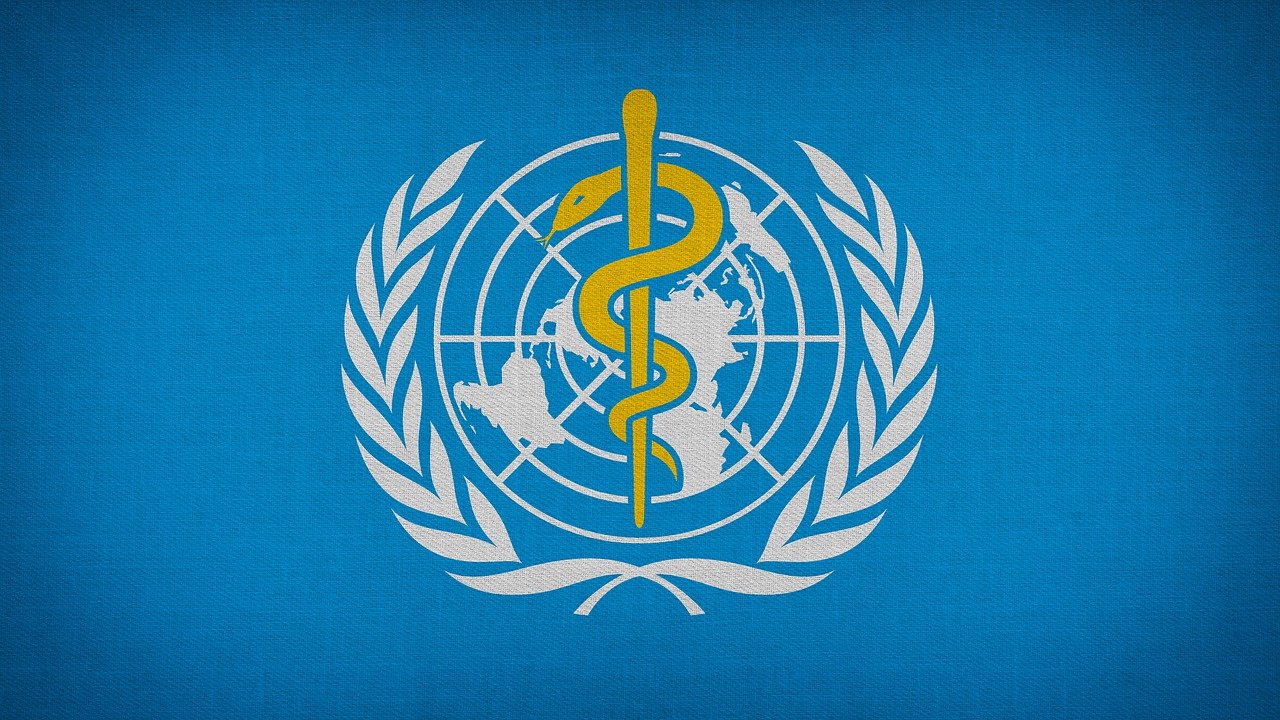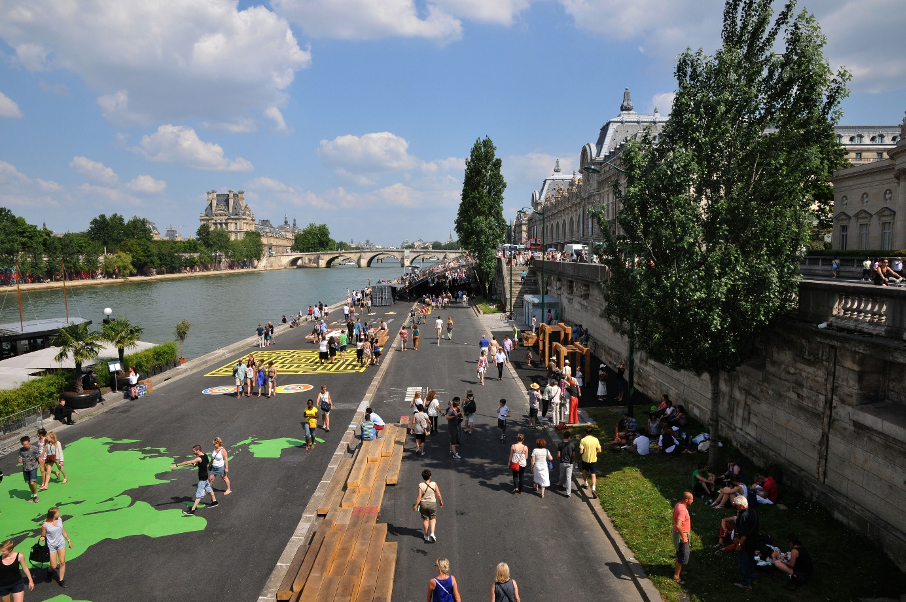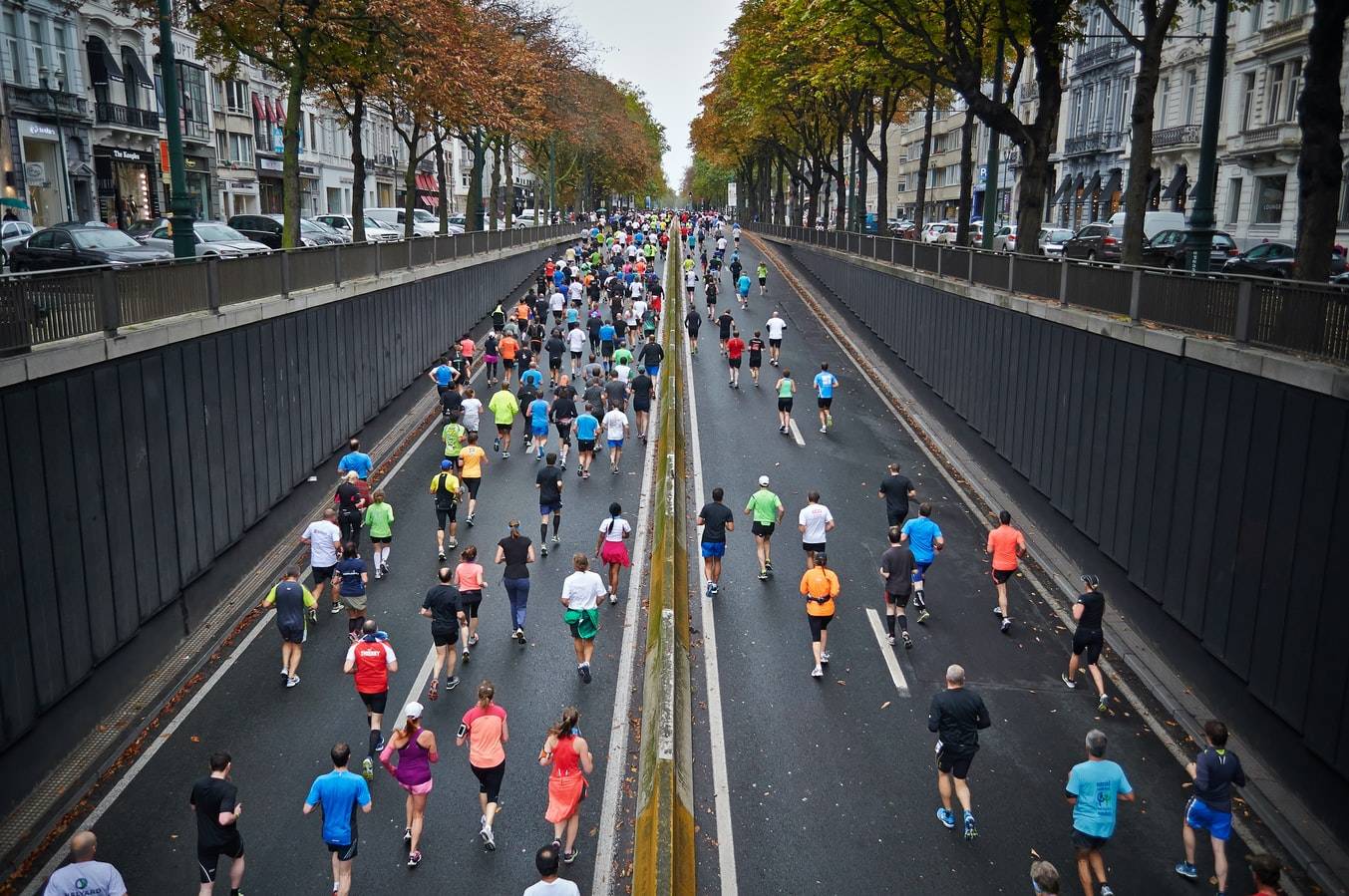

Reconciling urban development and health to combat health inequalities
Charlotte Marchandise-Fourquet is an international public health expert. In this capacity, she is deputy Mayor of Rennes in charge of health and the environment. She is also Chair of the French Healthy Cities Network of the World Health Organization (WHO).
The WHO defines health as a state of complete physical, mental and social well-being. The multifaceted health issues concerning inhabitants vary from one area to another and also according to individuals’ social status. While the urban environment can be an aggravating factor of the vulnerability of some populations, cities can play a key role in collectively improving health.
La Fabrique de la Cité interviewed Charlotte Marchandise-Fourquet about the key urban factors of health and the urban development models and governance that should be implemented to ensure that cities can become “producers” of health.
LFDLC: How would you define health?
I believe health to be the sum of many different factors. It cannot be reduced to treatment but is the result of a subtle combination of factors related to gender, age, genetic potential, lifestyle and the environment in its broadest sense (physical, biological, ecological, socio-economic, political, etc.). Health is therefore the product of individual and personal characteristics and collective and social characteristics.
The social and economic environment is a key factor in an individual’s health. The most underprivileged French citizens are therefore in a situation of extreme health vulnerability.
LFDLC: How do the health inequalities in our cities manifest themselves?
Social factors are predominant in the creation of health inequalities in France; and occur as early as infancy and even during the prenatal period. A child of working-class parents is less likely to enjoy good health than a child of parents who are managers or executives. Elsewhere in Europe, these social inequalities in health do not begin at birth but emerge later in childhood. It is therefore possible to strive to reduce them.
“We cannot solve health issues without taking the most vulnerable into consideration.”
Air quality is another example of the link between socio-economic inequalities and health. The more underprivileged the individual, the more they tend to live near busy major roads, where property prices are lower but air pollution is higher. Public intervention needs to be stepped up in this area because the issue of air pollution will not be resolved by designing pleasant city centres with urban toll systems, without working on the most vulnerable populations on the outskirts. We have been able to highlight that pubic intervention has less of an impact on inhabitants in the centre of Rennes, who belong to the highest socio-professional categories, as their environment and health are already satisfactory. Public decision-makers must focus their attention on the health situation of the most vulnerable.
Today, the question is raised in economic terms, as the financing of the social security system is an increasingly complex issue. The weighting of environmental and socio-economic factors is increasing significantly and is influencing the future of our social protection system. The number of chronic diseases is now greater than that of infectious diseases and the treatment that must be provided is spread over a longer period of time, making it more expensive. According to the experts at the World Bank, our social protection systems may well collapse if we do not take action to improve social and economic environments and urban planning, which contribute to the development of these diseases. The improvement of social, environmental and urban conditions for the most vulnerable inhabitants would ultimately prevent our social security system from imploding.
Therefore, the question is: how can cities’ response to health inequality issues be organised? The approach which involves improving the health of those in the poorest health is conducive to the public good. It is political and humanist.
LFDLC: Your starting assumption is then that health depends primarily on political choice.
Yes, and that is why health must be the focus of all policies: our sector can no longer be inward-looking. The multiple key factors of health mean that any policy can affect it. Health needs a genuine political leadership. The WHO founded the Healthy Cities Network forty years ago to achieve this objective. A global movement to act on the determinants of health and on the related inequalities, the Network is present in all regions of the world. With 1,300 cities, it is particularly dense and active in Europe. In France, 90 towns and cities are part of the network. While they are suffering from a drop in their State funding, many local authorities are wishing to join the Network, which shows a drive to start thinking on a local level about including the health factor in the various urban policies.
“The WHO Healthy Cities Network is a global movement to act on the determinants of health and to reduce the social inequalities affecting it.”
My duty as an elected representative is also to make connections between many initiatives: during the COP21, I organised a hackathon in partnership with the WHO, stating the need to work together. When we talk about health, we are talking about the common good; who better than cities to conduct this networking task? A mayor’s greatest strength is the power to convene and work together.
LFDLC: What is the practical application of this principle of “putting health everywhere” in terms of governance and stakeholder involvement?
For the message of health sector professionals to be heard and be converted into practical measures and policies, they must be expressed on all levels, in all types of meetings. The idea is to ensure that no decision is ever made without us, that no urban planning initiative is rolled out without health and the opinion of its stakeholders being considered first.
A public investment in a district always has an impact on the health of the populations who live there or spend time there. By improving social cohesion, security and the environment, for example, it becomes possible to develop sports facilities and therefore promote physical activity among users and inhabitants, which will have a very positive impact on their health.
When a social component is added to an urban renewal project, this is an action in favour of health. For example, if a small part of the population of a district must be employed by the company which is developing the area in question, there is automatically an indirect improvement of inhabitants’ health thanks to the development of local employment. The TAPAJ project (alternative work paid by the day) is a vocational rehabilitation measure that contributes to improving the health of individuals who are often in great difficulty by giving them access to work paid by the day. While public authorities must improve access to healthcare, they must also develop and incorporate more stringent health standards in their urban projects, for instance as regards housing policy.
We are currently conducting an urban planning project that promotes health in a priority district of the city which is undergoing a major renovation operation. The different professionals have got to know one another and have learned to work together, which now enables urban planners to discuss issues with health stakeholders and ask them for advice. There has been a shift towards mutual knowledge: there is a greater understanding of the role and duties of each stakeholder, which means that health is a more effective component of urban development projects and public policies.

LFDLC: Urban planning that promotes health must be based on what kind of knowledge and which areas of expertise?
Therein lies the problem: I cannot make a decision for the health of my city’s inhabitants if I do not have data on an infra-municipal level. Yet today, public policies are not sufficiently assessed and measured. There is a real need to produce data so such assessments can be conducted.
There is also a real disconnect of health data between departments and administrations which do not communicate with each other. In the various policies I oversee in Rennes, for example, as an elected representative, I suffer from not enjoying access to health data from the national education system and the hospital sector. The municipality of Rennes therefore created a watchdog body three years ago to measure the rate of childhood obesity by district. This rate is very low (3%) on the scale of the city and in relation to the national figures. However, in one of our districts, this rate reaches 11%. This data will enable me to take action specifically for the children who need it; in a few years, we will be able to assess whether my action led to positive results.
We have a great need for data. Political decisions must be made on the basis of data from research and science, but also of personal experience, social movements and local competition. Today, we need researchers to come, not only with research data, but also with data from a variety of sources, in particular big data or data from sensors. The data we need enables us to focus our actions more effectively and to assess them in an ex-post approach.
“Cities can become places of innovation and can involve inhabitants and local areas in health initiatives.”
We have created various programmes to gain access to more data, in cooperation with the inhabitants of certain districts, such as our “Respire ta ville” and “Ambassad’air” projects. The latter is a citizen sensor project supported by Rennes city council and several associations. Inhabitants of priority districts have received sensors so they can take measurements themselves, which leads to data used to construct public policies. We supported them, before looking for solutions together. This approach is the opposite of centralised approaches. It is a long-term community health initiative. It also enables us to enjoy contacts with many innovation stakeholders. This project shows us that cities such as Rennes can become places of innovation and can involve inhabitants and local areas in health initiatives.
Find this publication in the project:
These other publications may also be of interest to you:
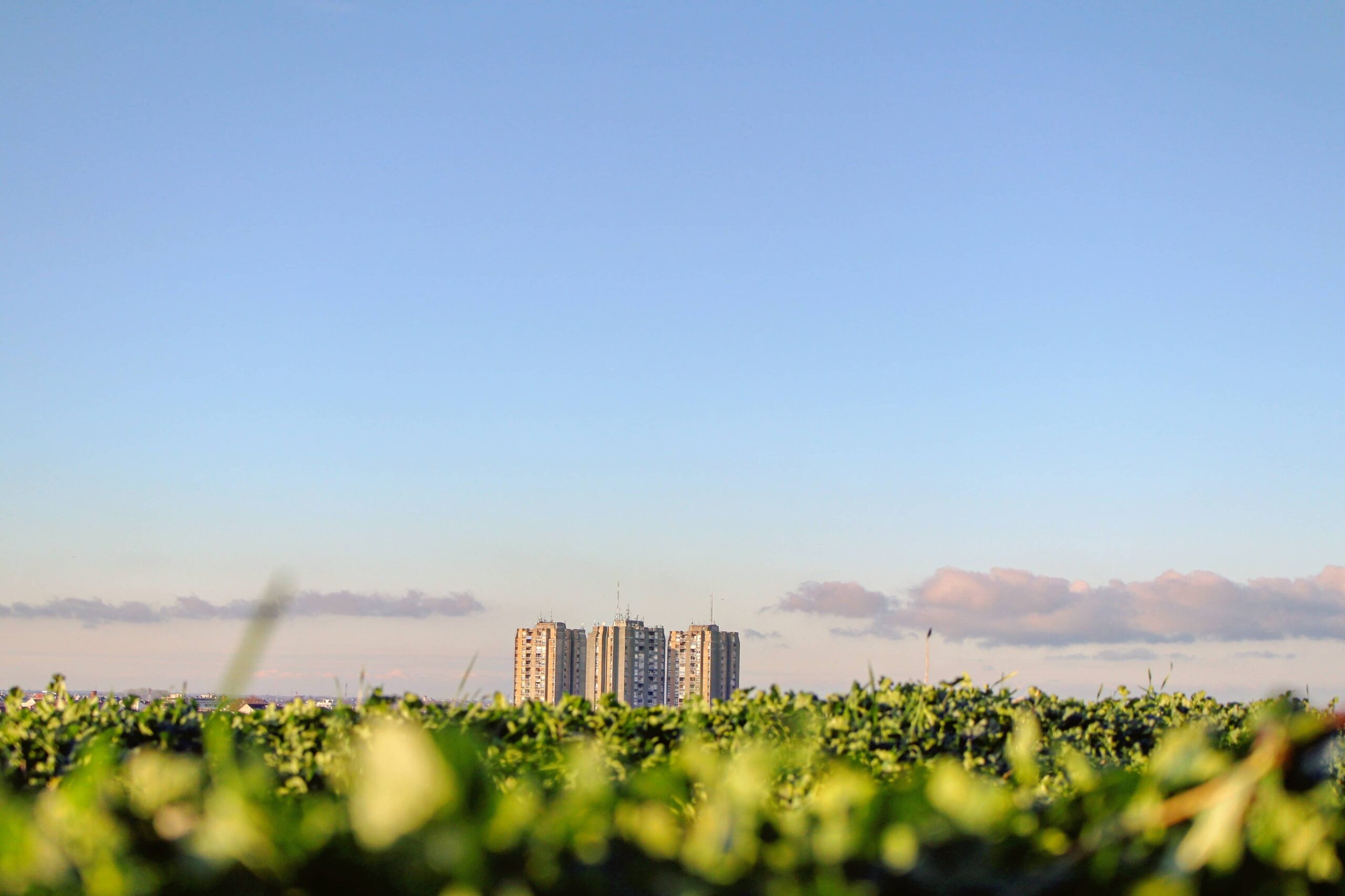
Zoé Vaillant: health inequalities are rooted in local areas

Breathless Metropolises
La Fabrique de la Cité
La Fabrique de la Cité is a think tank dedicated to urban foresight, created by the VINCI group, its sponsor, in 2010. La Fabrique de la Cité acts as a forum where urban stakeholders, whether French or international, collaborate to bring forth new ways of building and rebuilding cities.















